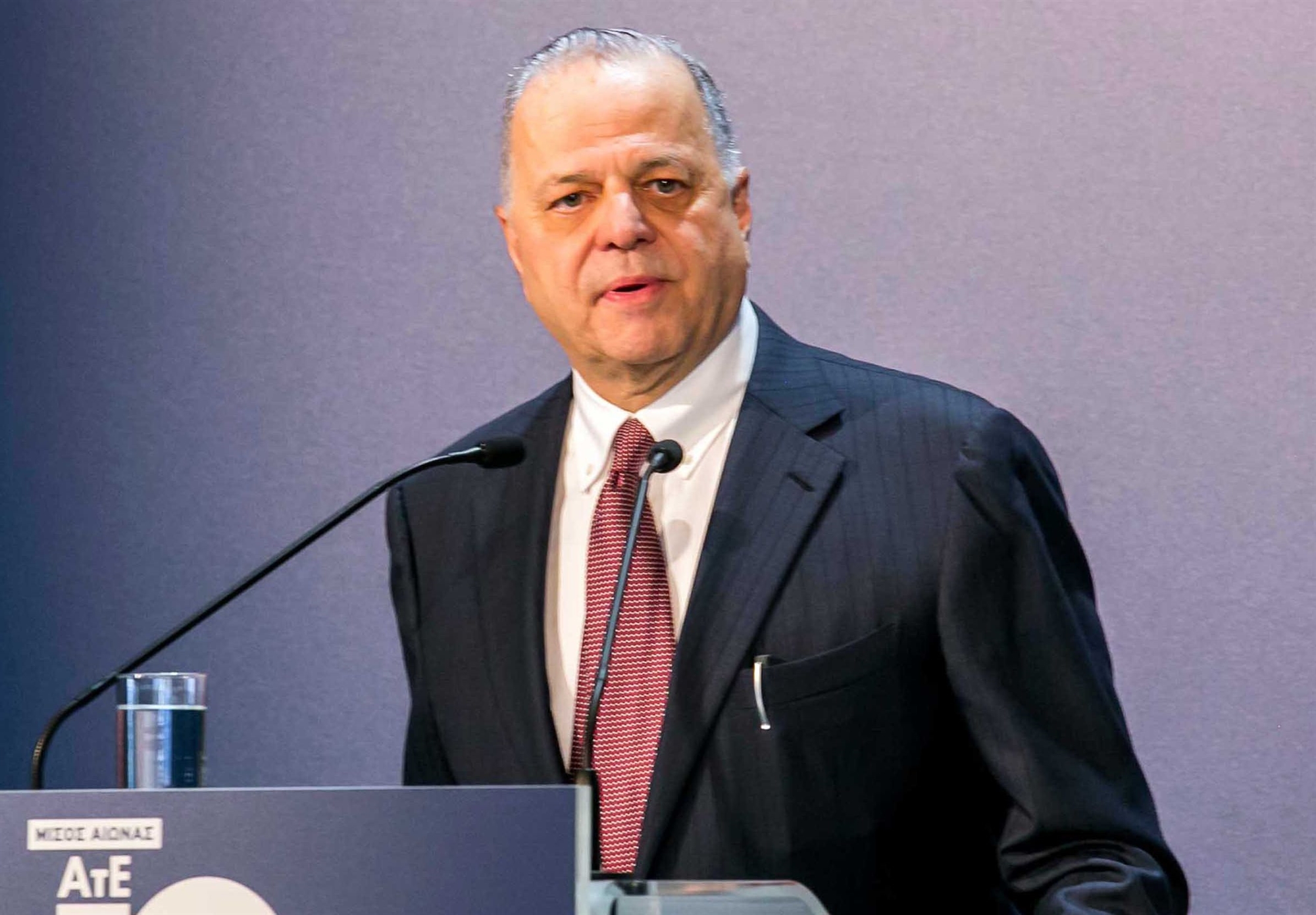Piraeus Bank highlights in its analysis of International Macroeconomic Trends that "significant uncertainty is caused by the verbal confrontation from the USA towards traditional allies, which is intensified by the political instability in Germany, France, and Canada."
According to analysts, in the USA, the growth rate for Q4 was 2.3% (quarterly-annualized rate) and overall in 2024, it is projected to be 2.9% (2023: 2.8%). At the same time, inflation has shown a slight increase, mainly for cyclical reasons, while staying relatively close to the Federal Reserve's target, and the labor market conditions remain strong.
Therefore, it is no surprise that the Federal Reserve stated there is no rush to ease its monetary policy (suggesting further reduction in its key interest rate), especially as the impact of trade policy on inflation remains uncertain. In general, the economy continues to grow at a satisfactory pace, largely driven by private consumption, with leading indicators being generally favorable. Our baseline scenario for 2025 is that growth will continue at a pace exceeding 2%, though slightly lower than in 2024.
Modest Growth in the Eurozone
In the Eurozone, the economy showed modest growth of 0.1% on a quarterly basis in Q4, with an estimated growth rate of 0.7% for 2024. Inflation remains close to the European Central Bank's 2% target and is expected to converge toward it by the end of the year, while the unemployment rate remains exceptionally low. However, economic and political challenges and uncertainties have increased significantly.
Strategic measures must be developed to address the likely imposition of tariffs by the USA on European exports, the potential direct negotiations between the USA and Russia to end the war in Ukraine, the decreasing competitiveness of European industry compared to the USA and China, and the EU's position in the new technological developments.
Moreover, these solutions will need to be found in a politically volatile environment, with many member states in difficult fiscal positions, exacerbated further by the aging population. Therefore, the easing of monetary policy by the ECB remains the primary support mechanism, but in a way that does not reignite inflationary pressures.
China’s Economic Activity
In China, economic activity continues to grow at a strong, though somewhat more restrained, pace, in an environment where inflationary pressures are practically absent. The imposition of a 10% tariff on Chinese exports by the USA, with limited reaction from China, is expected to leave significant room for negotiation between the two largest economies.















